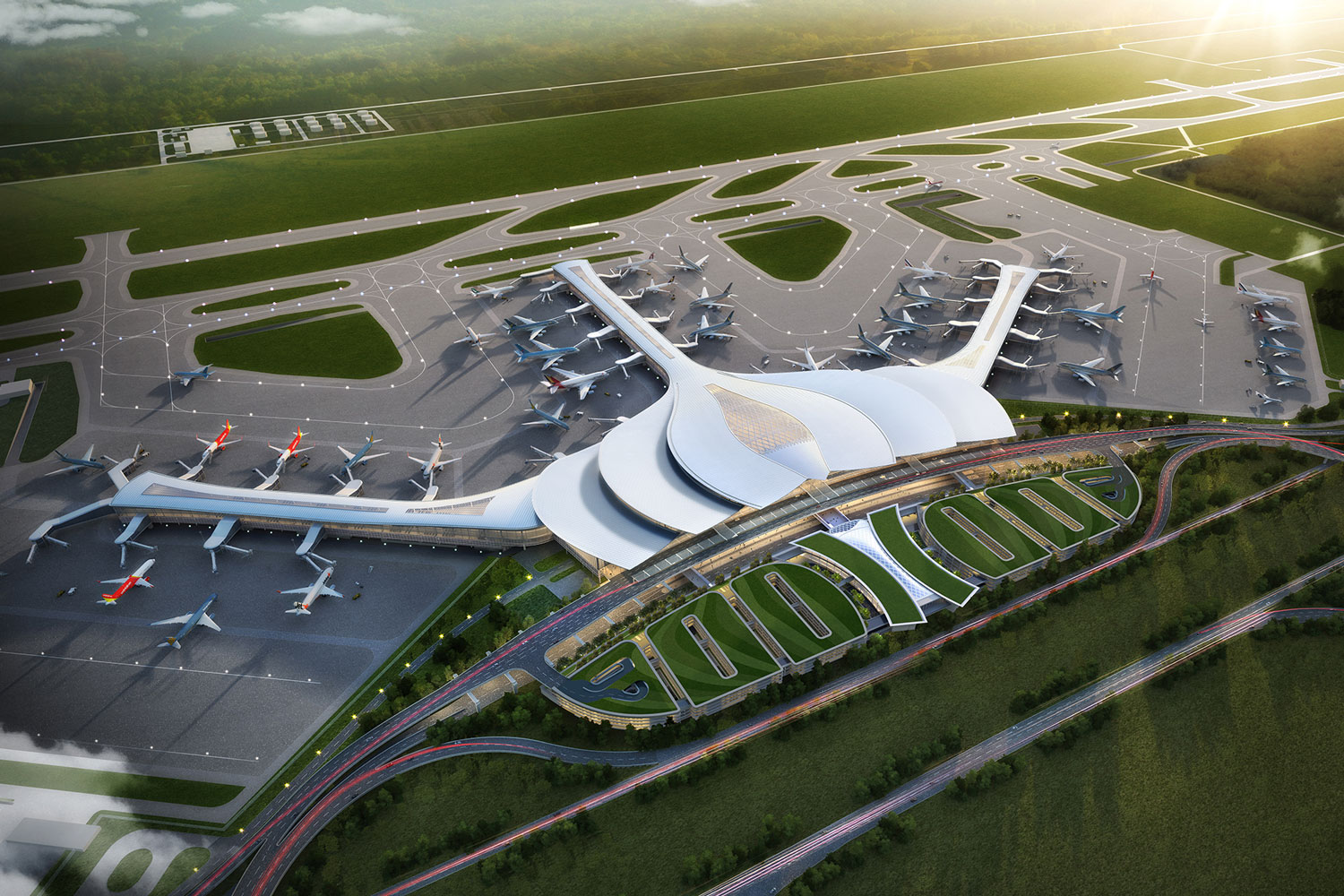
What have we experienced in architecture since the beginning of the 21st century? We have witnessed some productions, destructions, deaths, beginnings, and changes in these twenty-odd years. This article covers some architectural events that took place between 2000-2023; completed iconic buildings, notable buildings, unexpected destructions and losses, and firsts in the built environment.
2000 – Opening of the Tate Modern

The conversion of the former Bankside Power Station building to the Tate Modern was completed in May 2000 and was inaugurated by the Queen. With the transformation project realized by the Herzog & De Meuron office, the old building started to serve as a modern gallery. It received 5.25 million visitors in the first year. Tate Modern, which is still visited by millions of people every year, is one of the first examples that come to mind in transformation projects and iconic structures in London.
2001 – Opening of the Jewish Museum Berlin

One of Berlin’s most iconic buildings and an important structure done in the 21st century, the Jewish Museum opened to the public in September 2001. The museum project created by Daniel Libeskind has been one of the most visited museums in Germany since its opening. With its remarkable zig-zag form, the building also offers an experience-oriented exhibition indoors. The museum, which welcomes thousands of visitors throughout the year with its permanent and temporary exhibitions, is considered among the must-see structures in Berlin.
2001 – Reopening of the Leaning Tower of Pisa

Construction of the bell tower of the Pisa cathedral was completed in 1360, not in the 21st century but This tower, which sinks and leans on its foundation due to the soft and marshy ground, entered our lives as the Leaning Tower of Pisa. The cathedral and the adjoining baptistery also tilted over time, but the Leaning Tower of Pisa became the most striking and touristic center. In the 20th century, the 190-foot-tall white marble tower tilted dramatically by 15 feet. One million people visited before it closed in 1990 for renovation. Experts worked on this project to ensure the tower retained its iconic tilt while being secured. The Leaning Tower of Pisa, which was saved from collapse by the filling works at the foundation, was reopened in December 2001.
2002 – Completion of the Beddington Zero Energy Development (BedZED)

BedZED is an environmentally friendly housing project in Hackbridge London. The project produced with the goal of zero carbon is the first sustainable community in the UK on a large scale. Developed by Bill Dunster Architects, Ellis & Moore Consulting Engineers, BioRegional, and Arup, and completed in 2002. The project, which includes 82 residences in total, was completed in 2 years. With the eco-friendly low-energy-emission concept, many issues were considered, from transportation to energy, from water use to waste management.
2002 – Opening of the Bibliotheca Alexandrina

The Bibliotheca Alexandrina was officially opened in 2002, commemorating the Library of Alexandria, which was once one of the largest libraries in the world and was lost in antiquity. Snøhetta won the architectural competition and, as a result, created the Bibliotheca Alexandrina. Today it is seen as one of the most remarkable modern structures in Egypt. It is possible to catch various permanent and temporary exhibitions in this complex, which includes a library with a capacity of 8 million, four museums, and cultural areas.
2003 – Opening of the Oscar Niemeyer Museum

One of the first to come to mind when it comes to iconic buildings; is the Oscar Niemeyer Museum, also known as Niemeyer’s Eye, and its annexes officially opened in July 2003. This project, designed by Oscar Niemeyer in 1967, was built by staying true to the original design. The museum, which consists of two buildings, has a total of 19 separate exhibition halls on a total area of 35 thousand square meters.
2003 – Opening of the Walt Disney Concert Hall

The Walt Disney Concert Hall, designed by well-known architect Frank Gehry, opened in November 2003. The Walt Disney Concert Hall, which permanently hosts the Los Angeles Philharmonic Orchestra, is among the most important concert halls in the world with its iconic architecture and acoustic performance. The building, which covers large areas identified by Frank Gehry, has curved surfaces and a metal shell and is one of Gehry’s best-known works. Since it is frequently included in popular culture, this building is a well-known architectural example of its appearance.
2004 – Opening of the Taipei 101
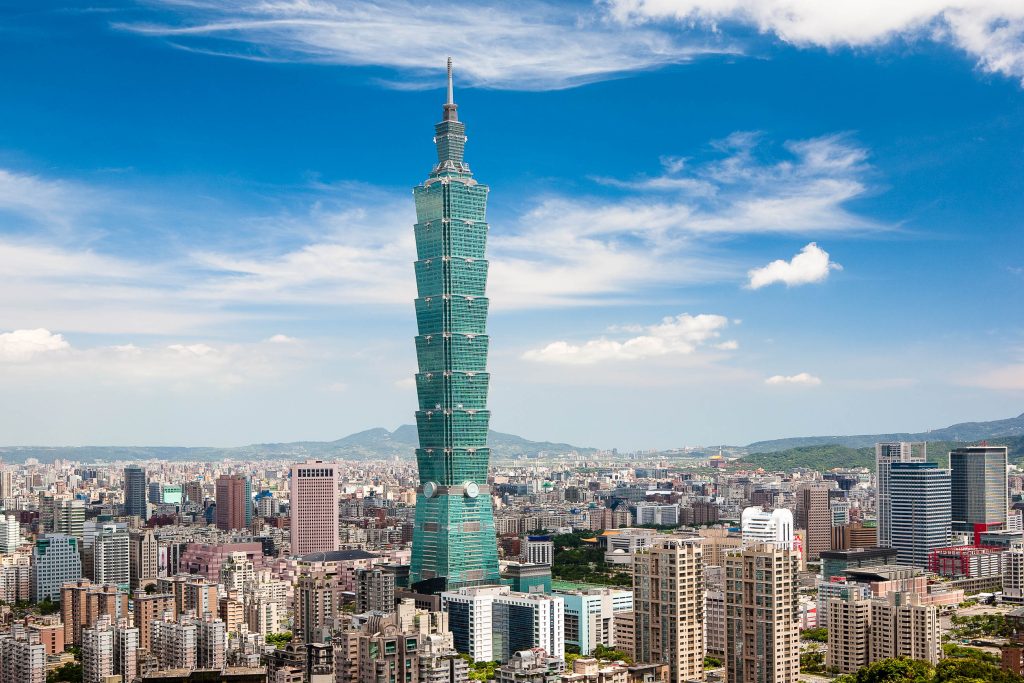
Taipei 101, formerly known as Taipei World Financial Center, is Taiwan’s tallest building with a height of 508.2 meters. It held the record for being the tallest structure in the world until the Burj Khalifa was built in 2010. The building opened with a fireworks display on New Year’s Eve 2004, offers a visual event for the New Year every year, and is visited by many people. It has been expressed that Taipei 101 has a postmodernist architectural style. This postmodernist style combines traditional Asian aesthetics with a modern approach using industrial materials.
2004 – Demolition of the Tricorn Center

Tricorn Center, built in 1964, was found ugly and demolished. While there was an audience that loved and saw it as an example of New Brutalism, it was voted Britain’s ugliest building in a 2001 poll. Described by Prince (at the time) Charles as a mildewed lump of elephant droppings. The demolition process, which began in 2004, took 9 months. Now the place is used as a ground level car park for the city center.
2004 – Opening of the 30 St Mary Axe

30 St Mary Axe, commonly known as the Gherkin, is a commercial skyscraper in the financial district. The 180-meter-high building is called an example of the neo-futuristic style and is also known as London’s first ecologic tall building. Designed by Foster + Partners opened in 2004, it is now one of the city’s landmarks and best-known buildings. The building, which is frequently featured in popular culture, also has an international reputation and won the Emporis Skyscraper Award one year after its completion.
2005 – Demolition of the last of the Xanadu Houses

The Xanadu Houses in Kissimmee, Florida; Wisconsin Dells, Wisconsin; and Gatlinburg, Tennessee, are experimental homes built in the 1980s, one each. With its futuristic images and the experience it offers, it became incredibly popular in the 80s, with an average of one thousand visitors per day. However, Xanadu Houses, which became obsolete in the 90s due to technological developments and construction techniques, started to be abandoned and demolished one by one. The last one was demolished in 2005.
2005 – Opening of Casa da Música

Casa da Música is the first concert hall in Portugal to be built solely for music. Opened in April 2005, the structure was designed by Rem Koolhaas – OMA. The building is a nine-story-tall asymmetrical polyhedron covered in white cement sheets and cut by large undulating or flat glass windows. Nicolai Ouroussoff, a reviewer for The New York Times, described it as the most attractive building that Koolhaas ever designed.
2006 – Completion of Saint-Pierre

Designed as a church in the Firminy region of France, its construction began in 1973 and was finished in the 21st century, 2006. It was designed by Le Corbusier but the construction was completed forty-one years after his death. Saint Pierre was completed by his student, French architect José Oubrerie. The building is considered his last major building. It has been used in various functions such as secondary school and shelter. Today, it welcomes visitors as a cultural venue.
2007 – Opening of Digital Beijing Building

The Digital Beijing Building is a block-shaped building built to serve as a data center during the 2008 Summer Olympics. Architect Pei Zhu was interested in the connections between traditional Chinese design and digital technology. Using some new materials for the first time in China, he produced a sustainable building in the process that resembles a circuit board when viewed from both sides and a barcode when viewed from either side. The building is the only major Olympic Green facility designed by a Chinese architect and one of the landmarks in the city.
2008 – Opening of Beijing National Stadium

With the 2008 Summer Olympics, many well-known structures were opened in Beijing. The 80,000-capacity National Stadium, also known as the Bird’s Nest, is one of them. It was designed to be used throughout the Summer Olympics and the Paralympics, and it also has been used during the 2022 Winter Olympics. Designed by Herzog & de Meuron, the project opened in June 2008.
2008 – First World Architecture Festival

The World Architecture Festival is a series of events and award ceremonies held annually and is considered important in the architecture industry. The first festival was held in Barcelona in 2008 and continues to take place in different countries every year. In 2008, the World Building of the Year was awarded to Bocconi University, Italy. The Oslo Opera House was awarded the Culture of the Year project.
2009 – Opening of the Prada Transformer

Prada Transformer is a temporary structure created for the Prada fashion show in 2008. In this structure, which consists of polygonal surfaces, every surface turns into an area where products are exhibited. It offers a unique experience while increasing the exhibition space. The Prada Transformer draws attention with its unusual form and interior. It was designed by Rem Koolhaas and is considered one of his best-known works to date.
2010 – Opening of the Burj Khalifa

One of the most popular buildings of the 21st century, Burj Khalifa was completed in 2009 and opened in 2010 and holds the record for the tallest building in the world with 828 meters. The structure has become a world-renowned landmark and attracts millions of visitors annually. This building, which has incredible popularity today, can be used for private and collective celebrations at various times. Apart from being the tallest building in the world, it also holds records such as the highest restaurant and the longest elevator distance.
2011 – Completion of the Metropol Parasol

Metropol Parasol, also known as Las Setas (The Mushrooms), was designed by Jürgen Mayer and completed in 2011 in Seville, Spain. Some revisions, which became mandatory after the construction started, caused rework and delay in the process. It is said that the building cost almost 100 million euros at the end of this process, which experienced various controversies. This iconic wooden structure, 160x70m and 26m high, also claims to be the largest wooden structure in the world.
2012 – Opening and Fire of the Heydar Aliyev Center

Heydar Aliyev Center is the landmark of Baku and an icon of the architecture of the 21st century. The structure was designed by Zaha Hadid and is one of Hadid’s best-known structures. After five years of construction, it opened in 2012. However, it was closed for more than a year due to a fire that broke out soon after. After the renovation, it has been featured in TV series, postcards, and Google Doodle and is now an internationally recognized structure.
2012 – Loss of Oscar Niemeyer

Born in Brazil in 1907, Oscar Niemeyer was one of the most influential architects of modern architecture. Oscar Niemeyer was a Brazilian architect widely regarded as one of the most important figures in modern architecture. His work is characterized by its curved and organic shapes, which he believed reflected the beauty of nature. Niemeyer was responsible for designing many of Brazil’s most iconic buildings, including the government buildings in Brasília, the country’s capital.
2013 – Opening of the Cardboard Cathedral
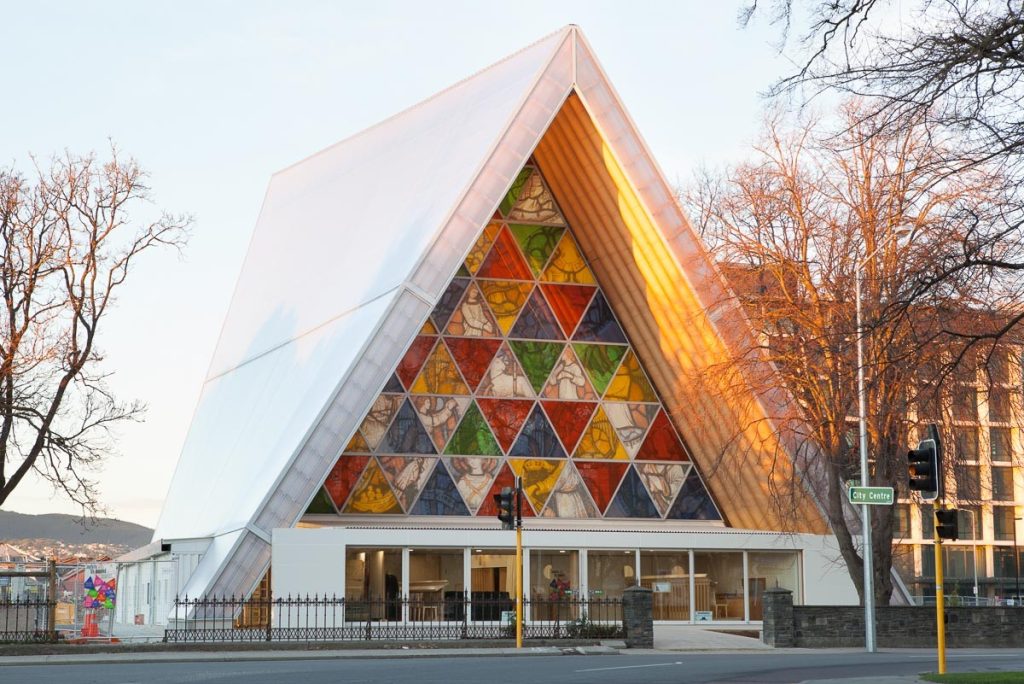
Cardboard Cathedral was built temporarily as a replacement for Christchurch Cathedral, which was damaged after the 2011 earthquake. Shigeru Ban is known for his emergent architectural post-disaster approaches. One of his best-known methods is house production projects with cardboard tubes. This structure was relatively different from the others in its function. By responding to another need after the disaster, the cathedral was built and what is thought to be temporary became permanent.
2014 – Opening of the Biomuseo

Biomuseo is a museum built for the natural and historical culture of Panama. Designed by Frank Gehry, the museum opened in 2014. It was Gehry’s first project in Latin America. The building, which draws attention to the city with its colorful and playful appearance, also created different and enjoyable experiences in social life. This museum on culture and natural history is intended for visitors to consider and see their own impact on biodiversity.
2015 – Opening of the Shanghai Tower
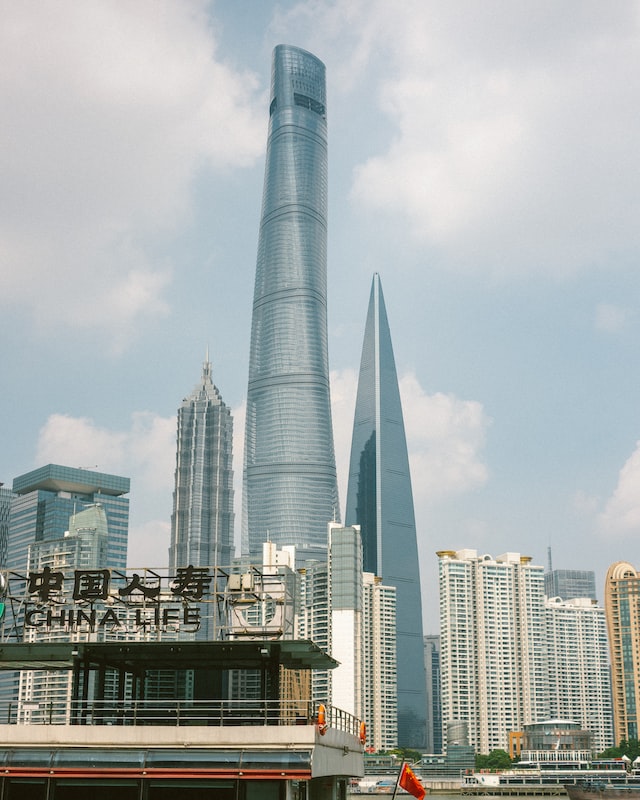
Shanghai Tower, designed by Gensler architecture, opened in 2015. With a height of 632 meters, it is the tallest building in China and the second tallest in the world. The tower is created with nine cylindrical buildings stacked on top of each other, totaling 128 floors and all encased by the inner layer of the glass facade. Between that and the outer layer, which twists as it rises, nine indoor zones provide visitors with public space. Each of these nine zones has its own atrium with gardens, cafés, restaurants, and retail space, as well as panoramic views of the city.
2016 – Loss of Zaha Hadid

Iraqi-British Zaha Hadid, born in 1950, died in 2016. Zaha Hadid was a British-Iraqi architect who became one of the most influential figures in contemporary architecture. Her work is characterized by its organic shapes, fluid lines, and innovative use of materials and technology. Hadid designed many iconic buildings around the world, including the London Aquatics Centre, the Heydar Aliyev Center in Azerbaijan, and the Guangzhou Opera House in China. Here is a list of 10 noteworthy works of Zaha Hadid.
2017 – Opening of the Elbphilharmonie

The Elbphilharmonie is among the largest concert halls in the world. One of the landmarks of Hamburg designed by the Herzog & de Meuron office, the building opened in 2017 and is one of the office’s best-known structures. The building, which has a cost of approximately 870 million euros, has therefore been highly discussed. The office, which received the 2001 Pritzker award, explained the process as surreal and stated “You could not win with such a thing in a design competition. And perhaps we are the last generation of ‘author’ style architects to have such a chance.”
2018 – Opening of the V&A Dundee
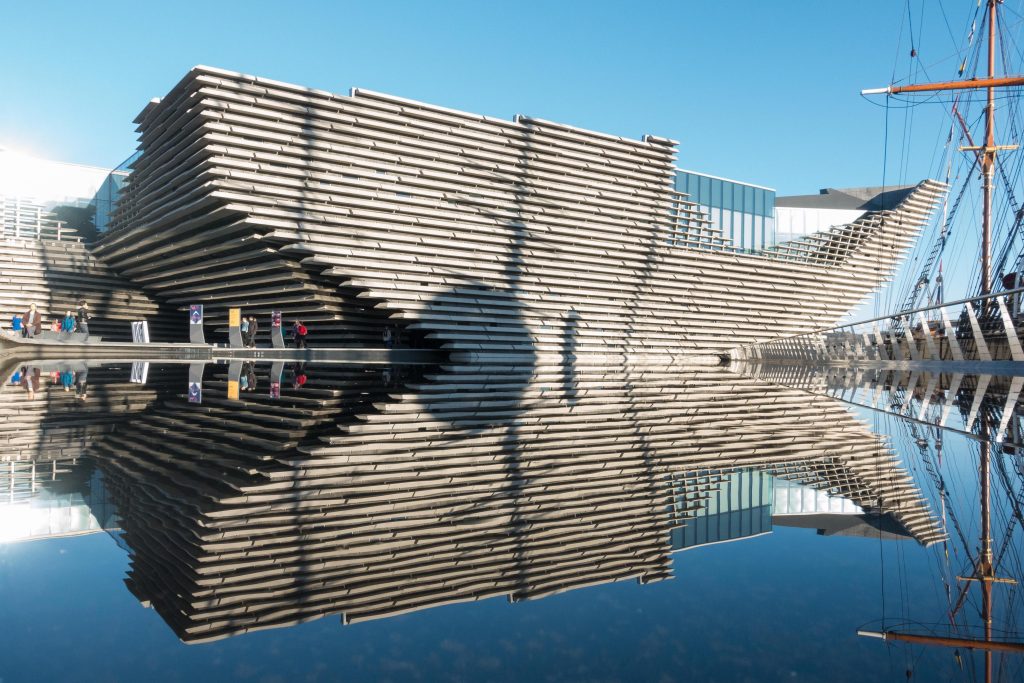
V&A Dundee is the first design museum in Scotland. Designed by Kengo Kuma and opened in 2018. While Kengo Kuma is generally known for his cleverly assembled wooden detailed structures, this structure stands out with its concrete clad. The sculptural structure is designed with 2,429 concrete clad and creates its iconic appearance. V&A Dundee is also Kengo Kuma’s first project in the United Kingdom.
2019 – Fire of the Notre Dame de Paris

In April 2019, a tragic fire broke out in the well-known Notre Dame cathedral that many people had to watch with sadness. When the fire was brought under the control of the important historical building, all of its wooden roofs were destroyed. Due to the fire, the cathedral was unable to hold a Christmas Mass in 2019, marking the first time this has happened since 1803. Works on the reconstruction of the building began soon after and is expected to be completed in 2024.
2020 – Opening of the Niemeyer’s Sphere

Niemeyer’s Sphere is considered to be one of Oscar Niemeyer’s last designs. Its construction was completed and opened in 2020. The sphere takes a lot of attention from the surroundings. The posthumous design, placed on the corner of the historic brick factory in Leipzig, has become a landmark. Currently, it operates as a public restaurant with a connection to the old factory.
2021 – Opening of the Little Island at Pier 55

The artificial island in the Hudson River was designed by Heatherwick Studio. Little Island, which is an experience-oriented park with usage areas at different elevations, offers an unusual view of the city. It is foreseen that it will become a breathing space in the crowded city with its green area and experience opportunities. However, various legal issues were encountered on the grounds that the environmental impacts were not sufficiently considered and cared for during the construction.
2022 – Opening of the Taipei Performing Center

The Taipei Performing Arts Center is a distinguished performance center in Taipei, Taiwan. The building’s design was influenced by the traditional Chinese woodblock puzzle and consists of three independent auditoriums projecting from a compact central cube. Even though the construction started in 2012, it was completed and opened in January 2022. With the unusual form of the building, it is one of the main attractions in the city.
2022 – Demolition of Nakagin Capsule Tower

The Nakagin Capsule Tower, located in Tokyo, Japan, was a unique example of post-war Japanese architecture, featuring modular living units known as capsules. However, due to its deteriorating condition and lack of maintenance, the decision was made to demolish the building in 2022, sparking a debate about the preservation of modernist architecture. While some saw the demolition as necessary, others lamented the loss of an important piece of architectural history.































